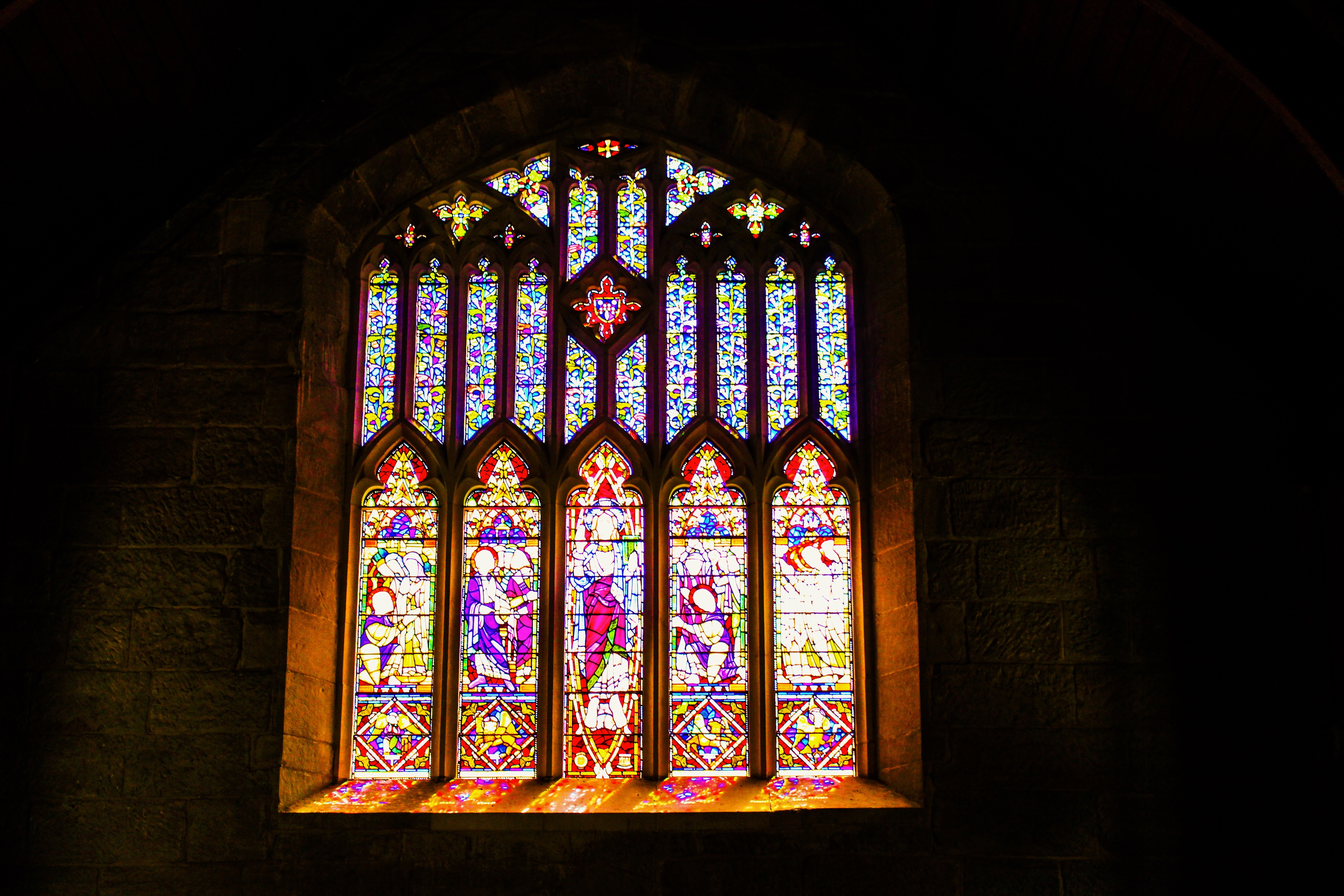The Feast of St. Stephen

December 26th is the gloomiest day of the year for most Americans. The rancor of anticipation and delight slides into the mud the day after Christmas. Everyone ventures out to return their unwanted gifts. At stores, lines lead out the door. Parking lots are packed. A few ambitious souls begin to take down their Christmas decorations. December 26th is the yearly, great-American slump. As a kid, the day was sullen. The delight of the season was still available; there were sweet treats and new toys, but the excess already felt old. With the freshness wearing off my Christmas gifts, I often found myself more than ready to dust off the old year, move on from Christmas, and even — maybe — return to school. I am not unique. Every year, as soon as Christmas ends, Americans begin looking quickly to New Year’s Eve to fill the void left by an abbreviated Christmas feast. For the time being, it is a glum day after Christmas, December 26th.
While the secular calendar returns to ordinary time, the Church feast is only beginning. December 26th is only the second day in the twelve days of Christmas and keeping Christ’s time in the Church calendar means running up stream on December 26th, but only half-way. The Church’s take on solemnity the day after Christmas comes in a different form, the Feast of St. Stephen, deacon and martyr. The first martyr of the Early Church, Stephen’s noble death is a model of Christian hope, but why celebrate it during Christmastide? As the Church keeps time intentionally, it is no accident.
How can remembering St. Stephen’s love and death help the Church rightly rejoice in the Nativity?
The Church is the keeper of grief. Sorrow exists outside the Church, true, hopeless sorrow, however, the Church keeps grief as it ought to be kept. In contrast with the cultural despondency that develops after December 25th, the Church walks another path. St. Stephen’s death is faithful, hopeful, and shaped by the glory of the Incarnation. Stephen’s servant life and faith-filled dying demonstrate the right response to the Incarnation. St. Stephen models the fitting response to Christmas; Christ coming into the world. The Nativity is not a mere feast amid endless feasting. Instead, Christmastide, the twelve days, has numerous days concentrated on particular people and events that teach us to respond to the Incarnation, beginning with St. Stephen’s execution. The Incarnation seen rightly leads to holy transformation, and St. Stephen is a witness to that transformation in both his life and his death. Against the secular take on the 26th, Stephen demonstrates the implications of Christ’s birth for Christians. Our lives are meant to move from birth to death, from sin to sanctity, and from sorrow to joy. Stephen’s feast insists that we take the Incarnation’s end goal, the cross, seriously all twelve days of Christmas.
Stephen’s death is full of hope. Stephen’s death reminds the Church that the Incarnation of the Son of God is full of hope even in the face of death. The Church is full of pilgrims, and as pilgrims, they should expect troubles. Christmas warmth and fuzzy feelings, intent on drawing us into beauty, are often overplayed. Avoiding pain, Christmas becomes merry for merry sake. However, if Christmas is to aid in our virtuous transformation, then it must teach us both merriment and sadness.
Stephen’s martyrdom demands hope; it demands we die with the joy of Nativity on our faces, lit like the curious shepherds, as Stephen did. Hope is the struggle of the Christian life. Jesus tells the story of the persistent widow, who hounds the judge for justice, to his disciples “that they [would] not lose heart”. God wants hope from the church, he offers it, and he demands it, hope in the face of trouble. St. Stephen is full of Christmas hope. Celebrating his martyrdom reminds us to never lose hope, especially when the jolly Christmas spirit changes to a minor key on the 26th.
Lastly, Stephen insists we remember death. Odd as it may seem, if we do not remember death, then we fail to celebrate Christmastide properly, humbly, and joyfully. Christianity has many paradoxes of unique beauty, one being the binding of death and life together. Mary’s bringing forth the incarnate Son of God was a death. Joseph taking Mary as his wife was a death. Bearing the Son of God that he might die is a death. Christmas is as much about death as life. Celebrating martyrdom and birth in sequence during Christmastide draws us further into the life of Christ.
Without St. Stephen’s feast, we miss something in Christmastide. The Nativity of our Lord becomes too cutesy, fluff added to fluff aimed at warm feelings, and we can forget the intended aim of God becoming man— death on a cross. We forget the purpose of our own lives, to daily put to death our earthly selves. Christmas will only do its work if we keep all twelve days. One of those days, December 25th, celebrates and remembers the martyrdom of one of us, and so we need the feast of the Nativity. Of course! But we need the feast of St. Stephen too.
Memento mori.
Travis Copeland
Travis Copeland is the Head of Upper School at Covenant Classical School, where he also teaches humanities. He has degrees in history and humanities. When not teaching or writing, Travis aspires to a Hobbit lifestyle of gardening, baking, poetry, and good fellowship around good food.










